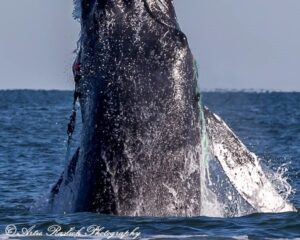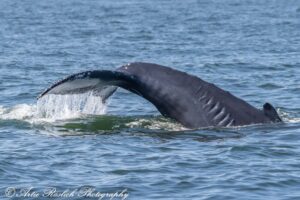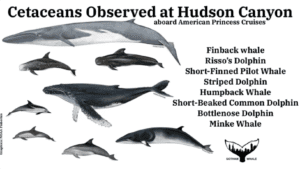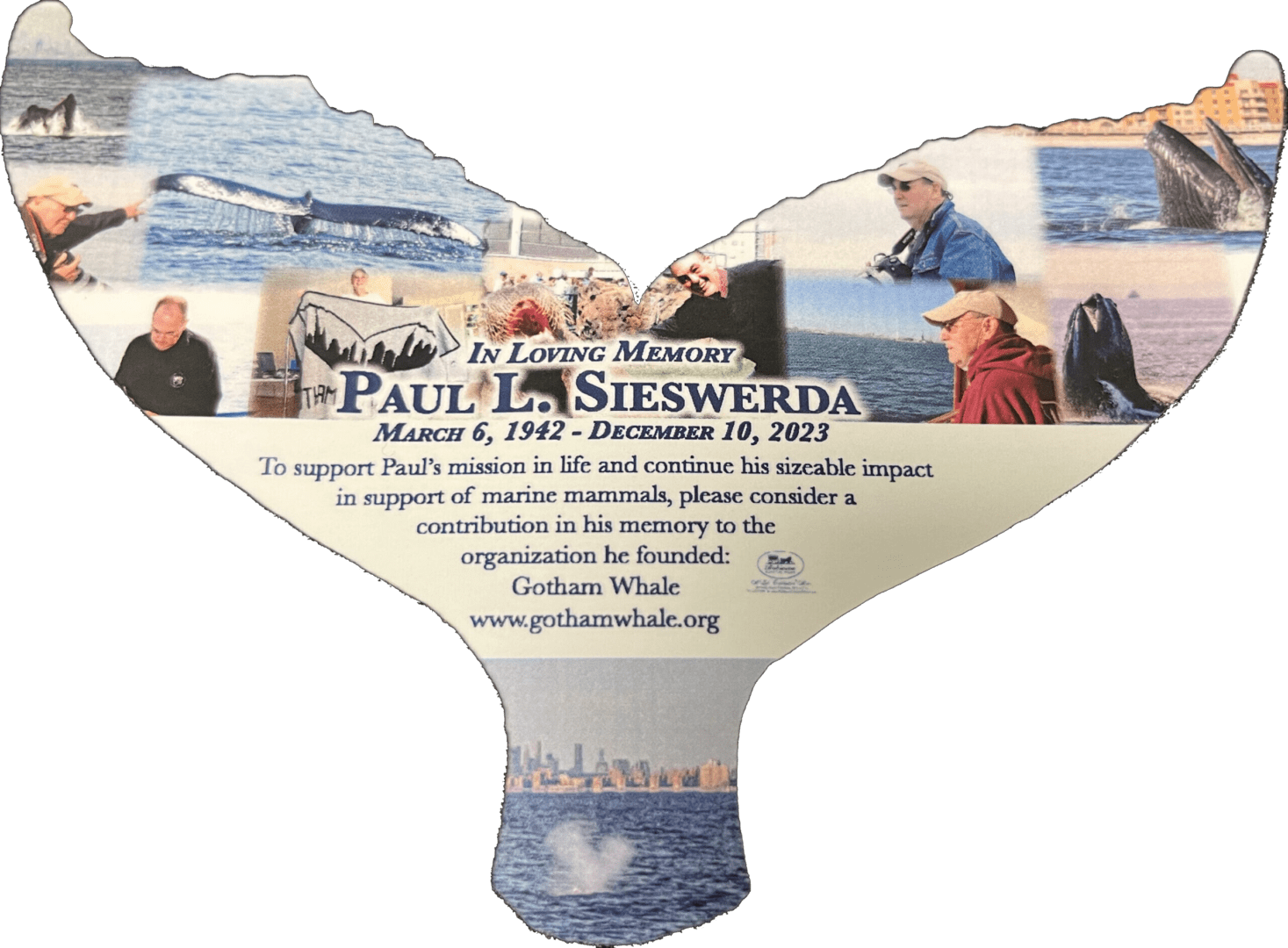
Threats & Protections
While our research focuses on living marine mammals, our advocacy work focuses on reducing human-caused impacts and the emerging threats they're facing. Our team works with nonprofits local to NY & NJ, along the Atlantic Coast, and nationwide. We hope to speak up for these marine mammals throughout their migration.
Here are some of the issues our team works on,

Prey Availability/ Fisheries Management
Research shows that the whales (and other predators) are coming to our area to feed on the abundant forage fish, mainly Atlantic Menhaden. This commercial menhaden fishery has two different fishing goals, bait and reduction (protein processing for vitamins, pet food, and more). Our goal is to make sure enough of the fish stays in the water for the whales, dolphins, and seals!

Entanglement
Entanglement in man-made rope or nets can cause distress, injury, and mortality. Swimming with the gear requires additional energy expenditure and impact a whale's ability to feed and nurse.fishing gear. It is especially dire that we address entanglements of the critically endangered North Atlantic right whale, of which according to NOAA and the North Atlantic Right Whale Consortium fewer than 350 remain.

Vessel Strikes
Collisions with boats, ships, and even jet skis, can injure or kill marine mammals. Reducing vessel speed decreases the likelihood and severity of ship strike while also reducing greenhouse gas emissions and underwater noise created by the vessel. As many vessel strikes occur offshore, they are likely underreported or even unnoticed by large ships. Whales may not be able to avoid ships due to the bow-null effect or general underwater noise.
Mother and calf pairs can be especially vulnerable to collisions with boats as they travel slowly and near the surface. Luckily, there is a proposed rule to additionally reduce vessel speed to protect the critically endangered North Atlantic right whale.

Debris & Plastic Pollution
Marine debris, including plastics, can injure, entangle, and even drown marine life. If ingested, small pieces can choke or starve wildlife. Help keep our oceans plastic free by properly disposing of trash, recycling where possible, and participating in coastal clean ups!
Balloons kill countless animals including birds, sea turtles, and whales. They can travel thousands of miles and even cause power outages. Animals are hurt and killed when they become entangled in their ribbons or mistake them for food.

Hudson Canyon National Marine Sanctuary (Proposed)
If you followed the Hudson River out to sea along the sea floor for 100 miles, you'd find an enormous underwater canyon. The upwelling caused by this ocean floor feature brings many marine mammals to this diversity hot spot. Our Advocacy team works to support Hudson Canyon receiving its National Marine Sanctuary Designation.
More info coming soon...
Thanks for your patience. This page is a work in progress and additional information is coming soon.
